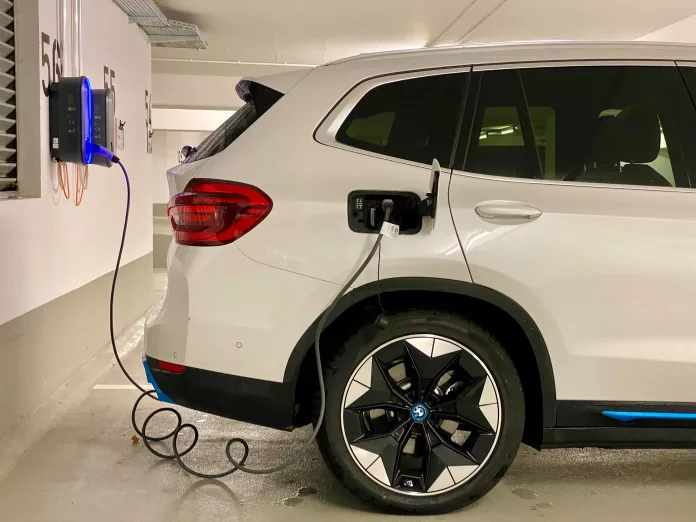Ancient wisdom tells us that emotion often trumps reason in oratory. Indeed, Aristotle’s musings seem to foretell the emotive jousts within the 2024 US presidential election, particularly the attacks hurled at electric vehicles (EVs). What should be discussions grounded in fact are instead overshadowed by the piercing clamor of partisan diatribes.
Former President Donald J. Trump’s recent retreat from his “blood bath” remark shows just how entwined EV policy has become with fervent political discourse. Clarity is sacrificed as Trump clarifies that his ill-omened term pertained not to inciting violence but to a future where electric cars usurp the traditional auto industry.
This trope of menace, where the specter of violence is evoked to dissuade, is not uncommon in political parlance. Such enigmatic statements, laden with implausible scenarios of doom, are increasingly part and parcel of the theatrical art of persuasion. Rational argument often gives way to the dramaturgy of fear and threat.
The Potency of Alarmist Language
Understandably, experts are unsettled by the undercurrents of violence in these messages. Brendan Nyhan from Dartmouth links ambiguous political rhetoric with real-world implications and the prospect of terrifying events akin to what was witnessed on January 6th.
“We have very good reason to fear another January 6 if he loses this election, and that language communicated that threat in a way that I think resonated with people, even if the context was in part lost.”
Research by the Carnegie Endowment for International Peace suggests a disparity between perceived ideological division and the reality. Emotional dissension is exacerbated by voting mechanisms, electoral drives, and the fragility of personal ties. This gives way to a political climate rife with the potential for violence against various demographic partitions.
When politicians resort to dehumanization and vitriol, it converts public trepidation and ire into pinpoint strikes against those made to look simultaneously menacing and defenseless.
An Assault on the Future of Mobility
Trump’s vision of punitive tariffs for foreign-made cars and his imagery of fiscal carnage for the US if he fails to clinch the presidency, demonstrate his antagonism toward electric vehicles. Yet, despite the contradictions of his presentations and the grainy statistics about auto worker wages, sales of EVs have remained buoyant. They’re gaining traction as a part of the automotive market, thanklessly battling the narratives designed to undercut their significance.
While Trump’s disdain is voiced, the United Auto Workers (UAW) union cuts through the noise, pointing out the former president’s historical detachment from the working class. As the U.S. reports impressive wage hikes in union contracts, even nonunionized car manufacturers seem to be falling in line, offering better pay to discourage potential union formation.
Raising Stakes and Emissions Standards
Into this electoral cacophony steps the Biden administration with ambitious climate rules. Raising emission standards, the Environmental Protection Agency (EPA) aims for most new vehicles sold by 2032 to be electric or hybrids—a monumental undertaking amidst the political squall.
Yet, with this vision comes the threat of political backlash—electric vehicles have become a cultural battleground. The jobs and progress promised by a greener future should beckon, but instead, the contemplation turned towards the potential consequences on our planet’s wellbeing, should the overtures of climate change denial win over the electorate’s heart.
As electric vehicles accelerate into the forefront of the US’s political landscape, we must ask ourselves how the future will be shaped—not only by policy but by the rhetoric used to influence it. Will EVs become casualties in a war of words, or will rationality prevail?

























